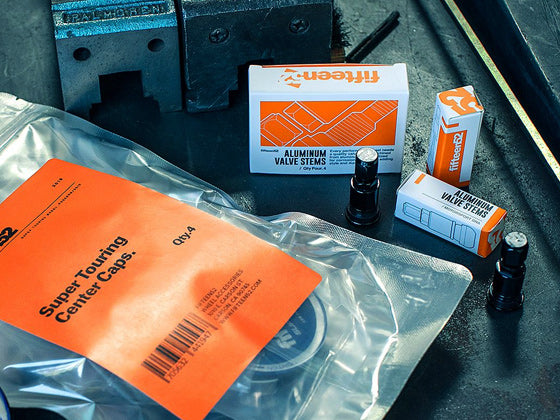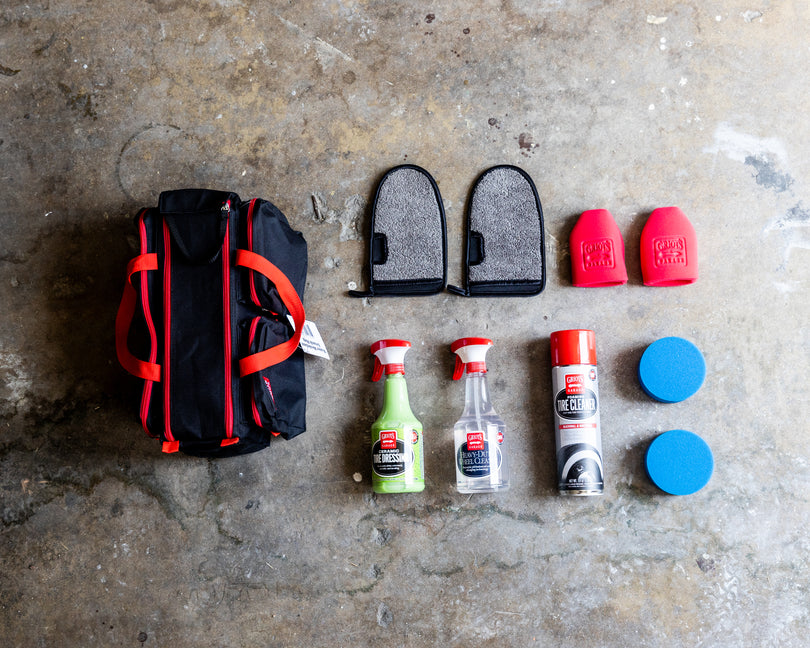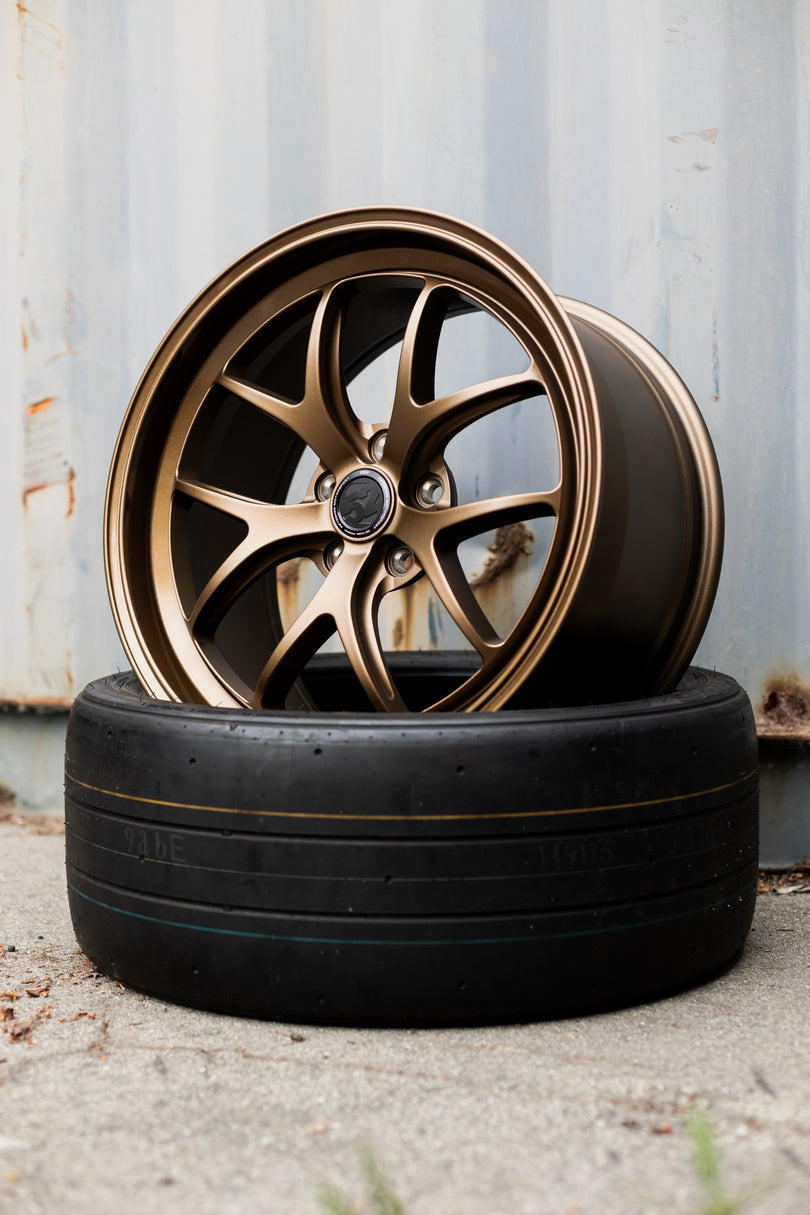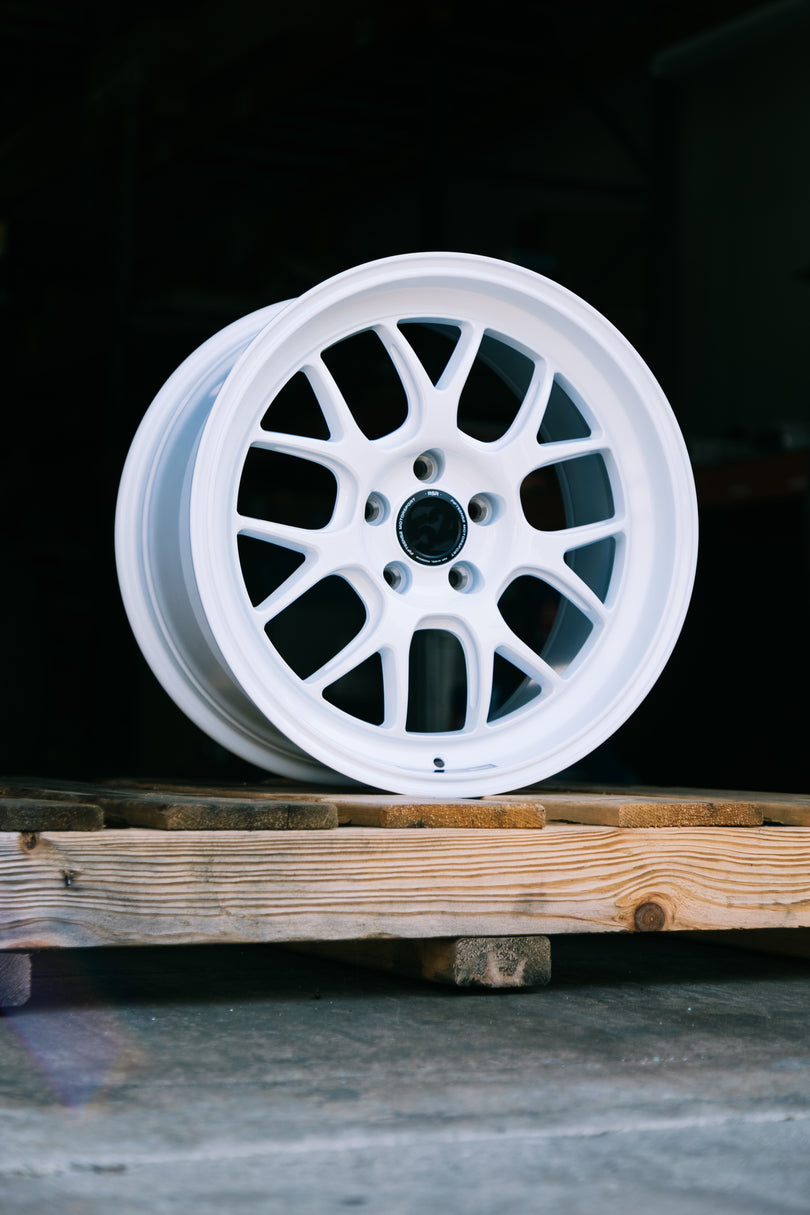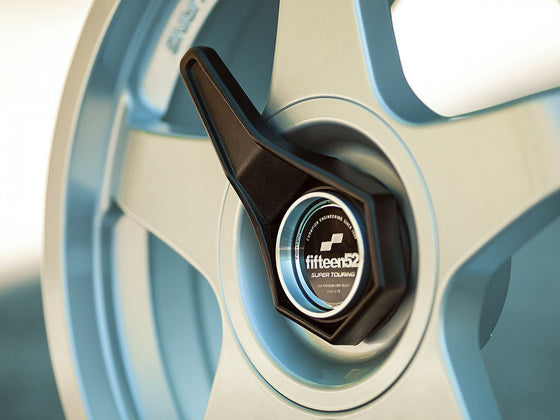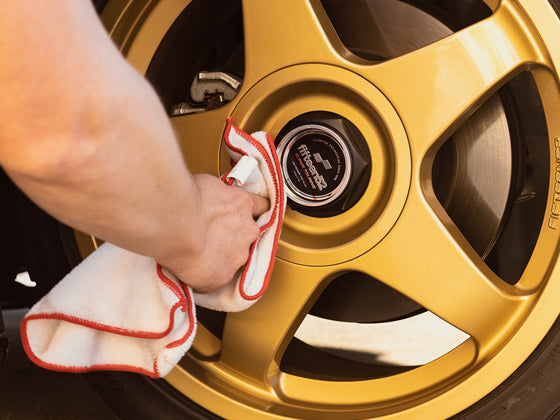First and foremost, a bolt pattern (also known as a lug pattern) is the measurement of an imaginary circle formed by the lug holes at the center of wheels. This measurement on the wheel matches the measurement on your wheel studs that are semi-permanently mounted on the hub of your vehicle. Bolt patterns look like, 5x112, 6x139.7 or 4x108— this is a two number system that first tell you have many bolt holes the wheel has, followed by the diameter of the imaginary circle that is around the holes.
Cars typically have smaller bolt holes (4 lug or 5 lug), while trucks typically have more (like 6 lug or 8 lug). However, sometimes a specific vehicle model may have a different bolt pattern depending on the generation. Knowing your bolt pattern will help narrow your search in which wheels are best for your vehicle - but how do you figure out your bolt pattern? There is several ways to do so, either with a special tool or online tools (that we have at the bottom of this page) to help you figure this out.
To start, we'll go through popular bolt patterns and how they're typically measured.



